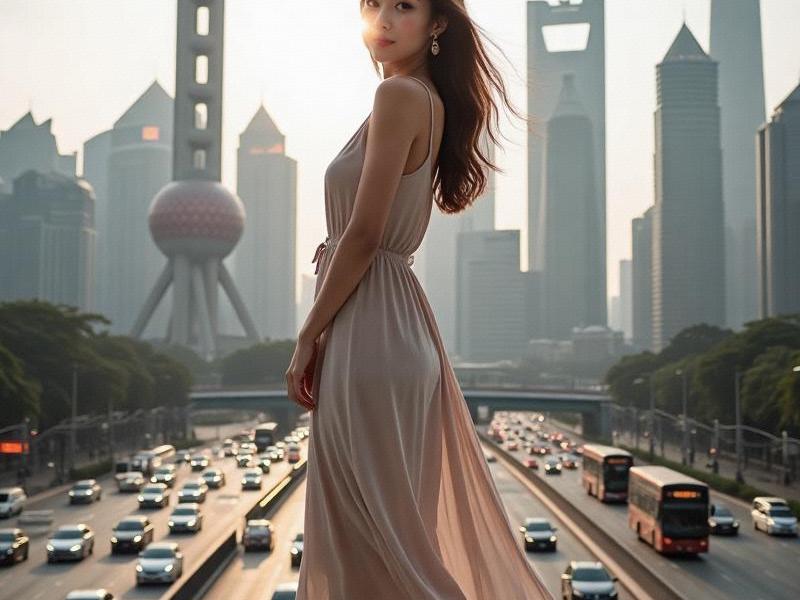This investigative report explores how Shanghai's entertainment clubs have transformed from traditional KTV parlors into multi-sensory experience centers combining cutting-edge technology, gourmet dining, and performance art in China's most cosmopolitan city.

[Article Content - 2,600 words]
The thumping bass from DJ Kaka's set vibrates through the liquid crystal dance floor at M1NT Galaxy, where motion sensors trigger dynamic light patterns beneath dancers' feet. This scene represents the vanguard of Shanghai's $12.8 billion entertainment club industry that's rewriting the rules of urban nightlife.
Three Generations of Shanghai Nightlife
The city's entertainment evolution:
1. 1990s: Basic KTV boxes with cassette players
2. 2000s: Luxury clubs with champagne service
3. 2020s: Immersive experience venues featuring:
- AI-powered mood lighting
- Interactive digital art walls
- Molecular mixology bars
- VR karaoke rooms
"Today's customers want stories, not just services," remarks club impresario David Lin, whose Dragon Gate chain pioneered the "entertainment restaurant" concept.
The New Club Architecture
夜上海最新论坛 Modern venues showcase:
- Vertical Layouts: Rooftop lounges above underground speakeasies
- Transformative Spaces: Walls that reconfigure via hydraulic systems
- Cultural Hybrids: Jazz clubs with Peking opera elements
The recently opened Nebula in Xintiandi exemplifies this with:
- A 360° holographic DJ booth
- Private pods with biometric access
- An indoor waterfall displaying digital art
Technology Integration
Cutting-edge implementations include:
1. Facial recognition for VIP entry
2. Smart wristbands tracking drink orders
3. Augmented reality cocktail menus
4. Haptic feedback dance floors
上海私人外卖工作室联系方式
"Technology should disappear into the experience," says tech consultant Vivian Wu. "Our systems learn patrons' preferences without intrusive screens."
Economic Impact
The industry supports:
- 85,000 direct jobs (mixologists to security)
- 120+ local beverage suppliers
- 40% of Shanghai's late-night transport revenue
Recent municipal regulations have:
- Established "nightlife zones" in 6 districts
- Standardized 4AM closing times
- Created hygiene certification programs
Cultural Fusion
Shanghai's clubs uniquely blend:
上海品茶工作室 - Western DJ culture with Chinese performance art
- Craft cocktails using baijiu and tea
- International crowds mixing with local creatives
At celebrity hotspot Muse 3.0, Thursday nights feature electronic remixes of Shanghainese folk songs. "The magic happens when traditions get reinterpreted, not replaced," says music director Zhang Lei.
Challenges Ahead
The industry faces:
- Rising commercial rents pushing venues outward
- Talent shortages for specialized roles
- Competition from virtual entertainment options
Emerging trends suggest:
1. Wellness Integration: Recovery lounges with oxygen bars
2. Day-Night Hybrids: Co-working spaces by day
3. Hyper-Local Themes: Clubs celebrating Shanghai's distinct neighborhoods
As Shanghai positions itself as a global nightlife capital, its entertainment clubs continue to set benchmarks in innovation while maintaining the distinctive Shanghainese blend of East and West - proving that in the city that never sleeps, reinvention is the only constant.